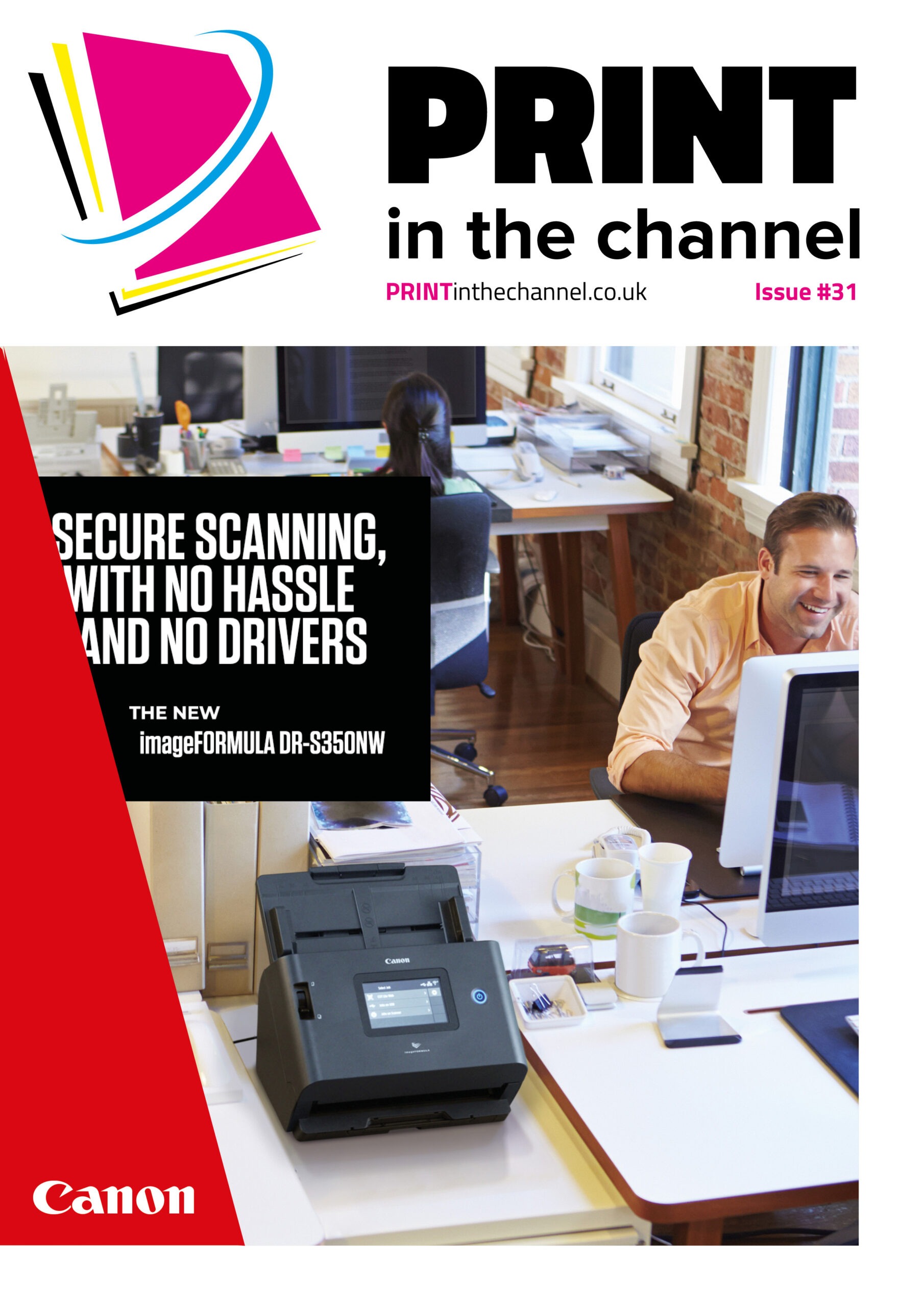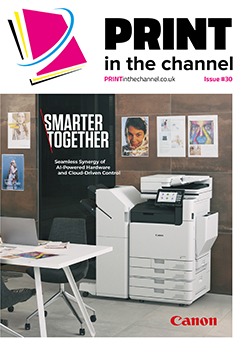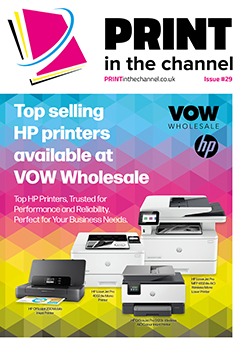Warehouses face many challenges to keep up with changing industry expectations, and using new technologies can help with this – which resellers need to be aware of when selling to companies that use warehouses, as GSM Barcoding explain.
Today’s warehouses face multiple challenges to meet supply chain market trends and continuous technological advancements. The biggest strategic challenge is meeting customer expectations for faster fulfilment and returns without sacrificing accuracy. Achieving more with less due to labour shortages, rising costs of transportation and fulfilment, e-commerce small item picking and increasing demand for sustainable practices is enough to keep any warehouse manager busy.
GSM Barcoding is an expert in helping small to medium-sized warehouses to implement cost-effective and efficient resolutions to improve warehouses, and Zebra technologies can provide the right solutions. Here, GSM present 10 tips for resellers to be aware of when talking to companies involved in this sector:
1. Migrate from legacy systems to Android
Many smaller and well-established warehouses will still use redundant non-supported systems that have worked for many years. While the saying ‘don’t fix what’s not broken’ may seem like a sensible reason not to upgrade equipment, it could leave a network and operations vulnerable and slow down operational processes and communications. Upgrading to Android devices improves efficiency, reduces human error and speeds up business operations with industrial mobile computers that seamlessly integrate into the systems used in the warehouse.
2. Maximise wireless with a WLAN site survey
Is your customer’s wireless network optimised for efficiency and speed? A professional wireless network site survey offers an in-depth evaluation of a warehouse space to provide the most reliable layout of access points and mitigate any interference in the WLAN network through the facility. This allows resellers to address any dead zones affecting the equipment’s capabilities. Faster internet connections will help make more efficient operations throughout.
3. Review the WMS
When was the last time the customer sat and addressed the warehouse management system (WMS)? To take a warehouse to the next level it requires the replacement of systems that are no longer fit for purpose. Upgrading older, less reliable equipment will allow operations to handle greater expectations. WMS systems technology has advanced considerably over the past few years. They offer web-based and cloud technology allowing wireless mobile scanning and picking. Integration tools such as APIs enable easier data transfer and integration, facilitating yard and co-bot management and easier integration to control systems through the warehouse. If the customer is still working on older systems, it may be putting the warehouse operations at a disadvantage.
4. Implement mobile device management
Keeping on top of devices can be a challenging and time-consuming process. Implementing mobile device management (MDM) software and management systems will help a customer to analyse the status of each piece of equipment. GSM has access to a range of software to help install a seamless integration of upgraded mobile technology and the ability to track the status of each device to minimise losses and maintenance downtime. MDM software such as Enterprise Mobility Management can manage all devices anywhere. They can let customers manage the apps being installed or removed on mobile devices, monitor the devices in the mobile device management server, configure basic settings on devices and more. With warehouse mobile devices having access to the internet and sensitive data, all devices must be centrally managed and tracked for security reasons.
5. Track and monitor fixed assets
Warehouses are busy environments and ensuring each onsite asset’s optimised usage and security is essential. Adopting a web-based asset tracking system such as G-Smart Assets across all warehouse devices allows users to use a handheld mobile computer or mobile device for auditing and scanning barcode asset tags into a central asset database. This software reduces manual logging with autonomous processes and creates a more efficient overview of the fixed asset locations, usage and performance.
6. Implement a mobile-first strategy
Wired barcoding systems are dated and limit the flexibility of operations available in your warehouse. Moving your devices to wireless allows your system to be as flexible as needed. Zebra’s wearable devices enable staff to access to data on the go, allowing for smoother operation and quicker responses, increasing the team’s capability to meet demands faster and increasing output without needing more operators.
7. Consider RFID for operations
RFID uses radiation signals rather than line-of-sight scanning for data collection, including inventory tracking and optimises warehouse strategies and processes. Handheld RAIN RFID readers and RFID-enabled scanners help users to achieve maximum visibility into the enterprise assets. Staff no longer need to search for the barcodes as each label will omit its radio frequency, transmitting data to your receiver. This technology is more accurate and faster than barcoding and will significantly improve the warehouse’s efficiency.
8. Have the right support contracts in place
The consequences of a label printer stoppage can hold up a dispatch or warehouse processing. Having a contract in place for support throughout the company’s operations is essential. From hardware such as printers and scanners to warehouse and inventory management systems, ensure the warehouse can minimise disruption and losses. Maintenance and support contracts are offered by GSM barcoding for all manufacturers, including Zebra Technologies.
9. Have the correct labels
Having suitable labels in your warehouse reduces time scanning and looking for the correct items. There are many factors to consider in your operations labels:
• Do they need to be firmly adhered or easily removed?
• Is the environment cold or prone to chemical or excessive heat?
• Do they require international compliance and protocols?
Ensure labels are fit for purpose with suitable materials and design from specialists like GSM Barcoding.
10. Utilise edge data capture tools
Accurate data on your facility’s assets is essential for a smooth operation in a warehouse. Utilising technology like Zebra Intelligent Edge Solutions allows staff to answer three important questions within second: What is it? Where is it? How is it?
Real-time data can be accessed through the entire inventory’s Zebra Savanna Cloud platform with various mobile devices and computers. Zebra Visibility IQ helps optimise device availability, maximise asset utilisation and increase operational productivity. Operations are in safe hands, proactively dealing with issues with the inbuilt predictive analytics, preventing device issues before they impact your business. The data-gathering intelligence reveals efficiencies and reduces lost or stolen assets.









